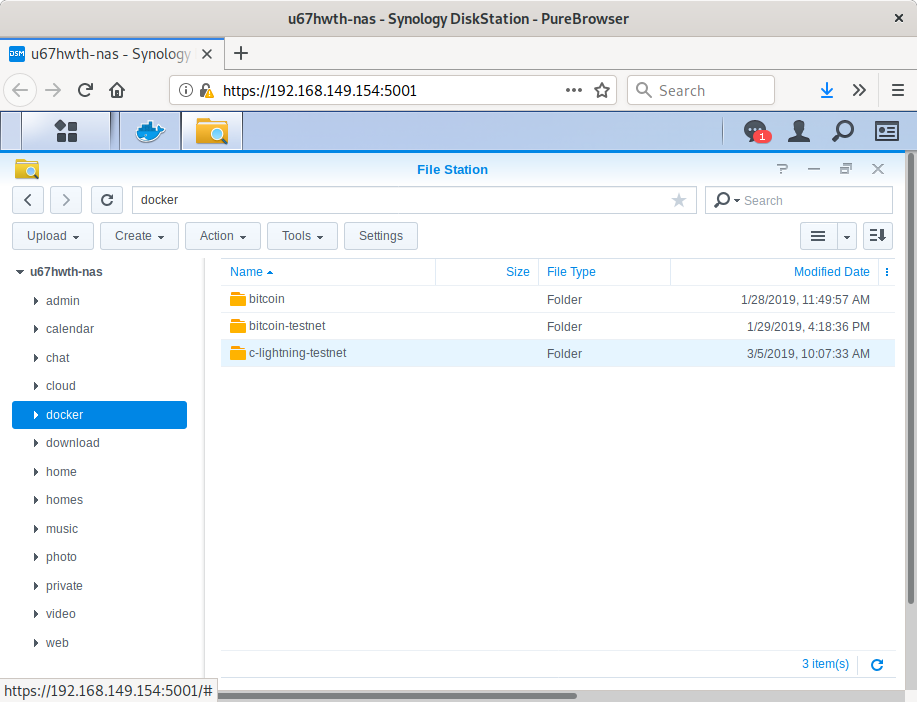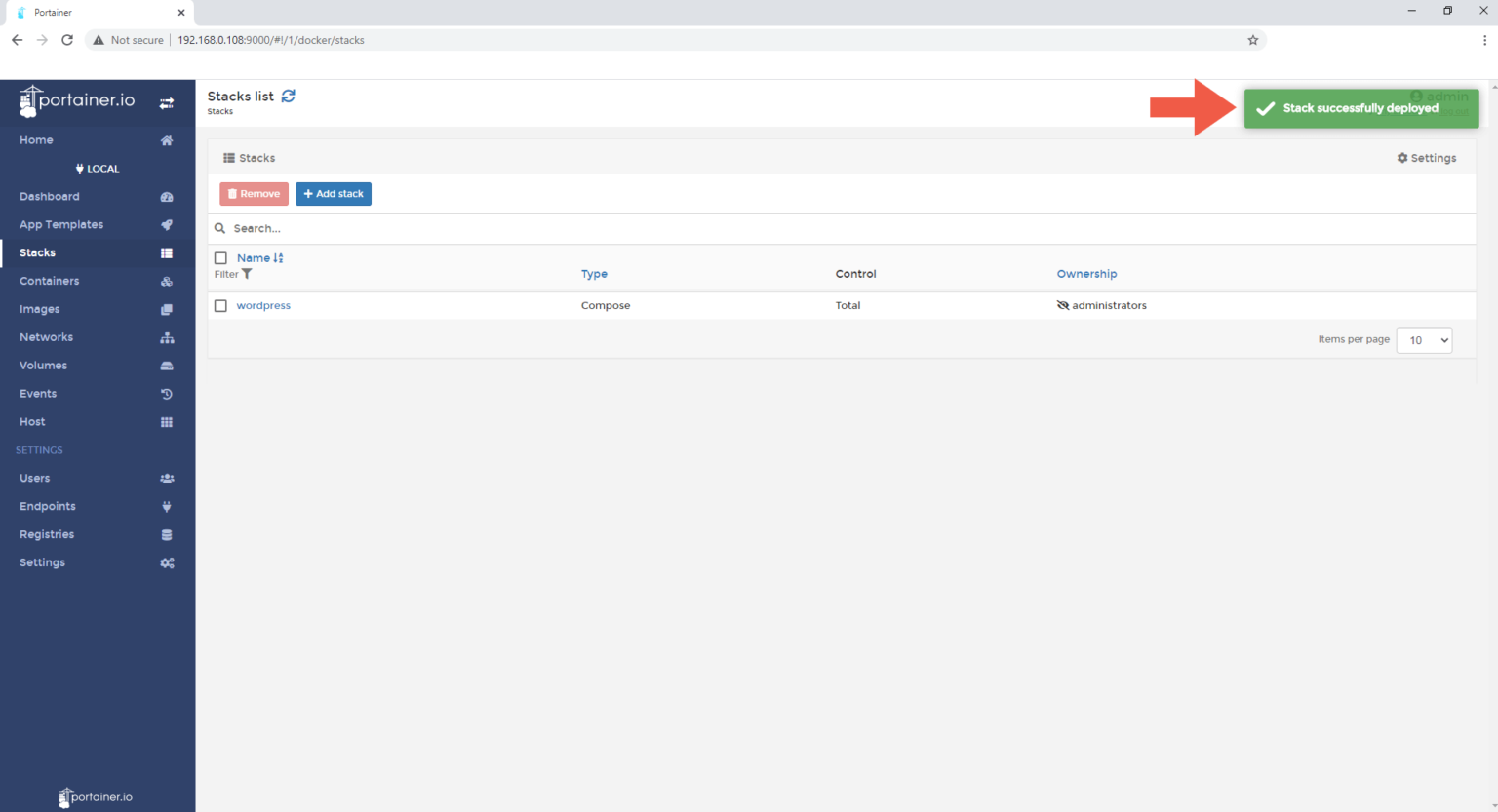


Your originals to save metadata changes you make from within the UI. This will prevent PhotoStructure from being able to write sidecars next to

These volumes if you want your library to be portable. If you would like to ensure that PhotoStructure doesn’t change anything in theĭirectories you import, you can mount these volumes The following exampleĬonfigurations include a couple examples. To add directories you want to import into your PhotoStructure library, simplyĪdd them as bind volumes to your container. PhotoStructure deletes logfiles older than 1 week automatically. Mostly quiet, unless you “ send recent logs,” or set This is where PhotoStructure stores logfiles. This is where PhotoStructure stores system PhotoStructure automatically prunes old and unused files from the scratchĭirectory: it shouldn’t take much space unless an import is running.Will make imports faster as well as reduce system load. Protection, on-the-fly compression, or on-the-fly file de-duplication. If you can pick (or create) a volume that doesn’t have data integrity.If you’ve got an SSD, use that: this directory will see a lot of reads and writes.This volume should have at least 16-32 GB free.This is PhotoStructure’s “scratch” directory. Must be readable and writable by the PhotoStructure container, and have This is where your PhotoStructure Library will be stored. You’ll want to edit these examples to be relevant to your setup. Hard drive at /mnt/Photos backup and all files found in $HOME/Pictures. The following examples set up PhotoStructure to scan both a mounted external PhotoStructure writes into 4 directories that must be mounted via docker Note you need to use either Docker or Docker Compose: don’t use both That are less than a decade old should work fine, but if your server is runningĪn older processor (like an AMD Phenom II), the image may not spin up. The docker image is built on a recent CPU with SSE4 and AVX extensions: CPUs PhotoStructure imports runįaster when more RAM and more CPU are allocated to the container. You’ll seeĮNOMEM errors if you run within a 1GB container. PhotoStructure containers require at least 2GB of RAM during imports. uuid files for all the volumes you import). Please read what’s a “volume?” (hint: skip toĬreate. If you want imported volumes in your library to be portable across machines, The instructions for docker-compose are here. The downside is that it’s one more software package that you need to install,Īnd it may not be available on your host machine.



 0 kommentar(er)
0 kommentar(er)
